Introduction
The Maryland Department of Planning (Planning) is the primary state agency responsible for reviewing comprehensive plans, providing technical assistance to complete them, and creating Models and Guidelines (M&G) to implement them. In response to Senate Bill (SB) 55 (2019), Planning is the central repository for all comprehensive plans and amendments and they are compiled on our Comprehensive Plans webpage. In this role, Planning collaborates with other state agencies and local staff at every step of the process — from community outreach efforts to plan implementation. As planning statutes change in Maryland, we seek to respond with expertise, resources, and guidance for communities.
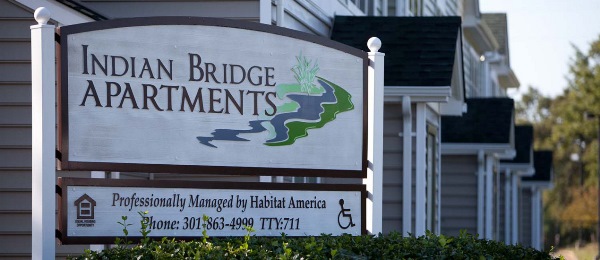
St. Mary's County
Planning has a long history of creating M&Gs to assist jurisdictions with their needs, particularly in response to new legislative requirements (see inset below). The new Housing M&G builds upon this legacy and creates similar resources and guidance in response to House Bill (HB) 1045 (2019). Planning believes that state guidance can help Maryland’s communities meet the requirements of state law and address local housing objectives. While a housing element is now included as a mandatory element for comprehensive plans, and the new HB 1045 (2019) legislation provides specific definitions and requirements for low income and workforce housing, the format and strategies should be generated locally. HB 1045 (2019) requires jurisdictions with planning and zoning authority to include a housing element as part of its next 10-year cycle comprehensive plan update.
For example, following HB 1141, passed during the 2006 session, Planning developed M&Gs for the newly required Municipal Growth and Water Resources Elements. The most recent M&G is Placing Jobs, a web-based tool incorporating a variety of economic development resources for local planners. Other recent online planning resources include the Transit Station Area Profile Tool and the Transportation Element Checklist.
The resources in this M&G are intended to help local planners and other staff customize a planning process based on the characteristics of their communities and should not be interpreted as the expected approach. Finally, while HB 1045 (2019) focuses on affordable housing, specifically low-income and workforce housing and a needs analysis of each, Planning is developing tools and guidance to address topics spanning the broad range of housing topics.
Note: In this M&G, the term “affordable housing” will often be used and includes both workforce and low-income housing as defined in HB 1045 (2019).
Organization
The Housing M&G is organized into four categories: Housing Planning, Housing Data, Housing Practices, and Housing Resources.
- Housing Planning: This section outlines the requirements and definitions of HB 1045 (2019), discusses the importance of housing planning generally, and provides sample questionnaires with which jurisdictions can carry on a dialogue about affordable housing in their local communities.
- Housing Data: This section explores American Community Survey, Department of Housing and Urban Development (HUD), and state generated spatial data to help the user gain a better picture of housing supply and need in Maryland’s jurisdictions. Planning consolidated this data into a Housing Dashboard.
- Housing Practices: This section highlights some common affordable housing planning practices, including a simple model housing element process that can be used as an example for smaller jurisdictions creating their first housing element, outlines affordable housing best practices from a variety of Maryland communities, and provides a few examples of affordable housing planning and studies recently completed by Maryland jurisdictions. Communities that would like to include their examples in this Housing M&G should contact Planning for inclusion
- Affordable Housing Resources: This section directs users to an extensive list of available housing planning resources; including technical assistance, funding, and partnerships.
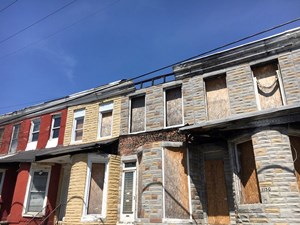 |
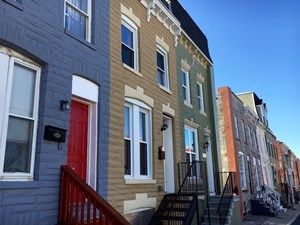 |
| Ward Street Vacant Homes Before (left) and After (right) Rehab, Baltimore City |
Phasing
Planning will release versions of and improvements to the Housing M&G resources in phases. As an online product, Planning will continuously update the M&G with new resources, data, and information as they become available - a living and growing guidance product. Planning strives to enhance the capabilities of the M&G website for greater access and functionality, add data and data interpretation guidance, and add to the best practice depository. If you would like to contribute to Planning’s efforts to build upon this M&G with local examples of planning for housing including case studies, housing analyses, or affordable housing development projects, please contact Joe Griffiths, Local Assistance and Training Manager, at joseph.griffiths@maryland.gov.

Development Process
Following the passage of HB 1045 (2019), Planning initiated research and engaged partners to lay the foundation for the M&G and learn from experts in the field. This included an inventory of planning for housing in Maryland comprehensive plans, an analysis of similar guidance from other states, and a review of academic and housing publications and planning trends.
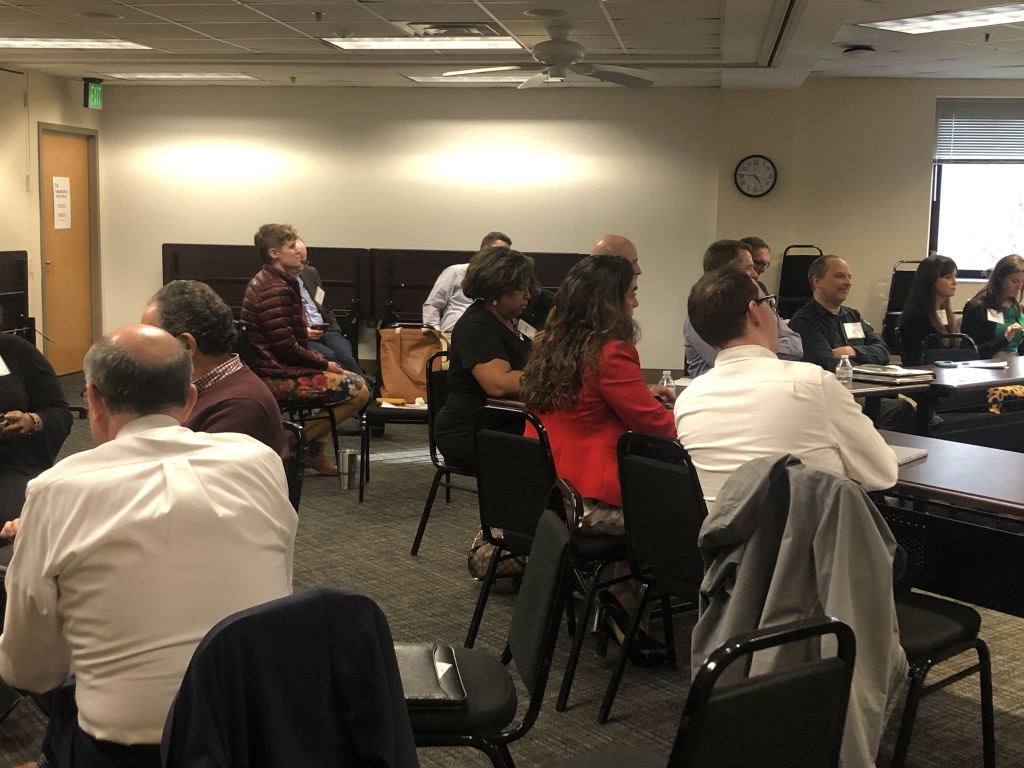
Housing advisory stakeholder group meeting February 3, 2020
The inventory demonstrated that most Maryland communities already plan for housing in some form, with 100% of county and over 50% of municipal comprehensive plans containing a housing element. Partnering with the Maryland Department of Housing and Community Development (DHCD), Planning also reviewed existing Sustainable Communities action plans, which require a housing section. Planning for housing is not a new topic and Planning recognizes that many jurisdictions are already meeting the requirements established with HB 1045 (2019). Planning hopes that this M&G will better equip local planners currently dedicating resources and community energy to this topic and provide additional resources to those communities seeking them.
In late 2019, Planning began collaborating with DHCD, which oversees an array of state housing funding programs and planning efforts that are directly related to and can help leverage local housing planning initiatives. Planning staff consulted with DHCD’s Community Development Administration, Division of Neighborhood Revitalization, and Housing Economic Research Office to learn more about their efforts in the areas of homeownership, affordable multi-family housing development, housing data, services for very low income households, housing rehabilitation, and many others. DHCD is also the lead agency for statewide planning efforts and related programs. Examples include the Consolidated Plan, Qualified Allocation Plan, and financing programs such as the Community Development Block Grant Program, Maryland Affordable Housing Trust, and revitalization programs within the Office of Community Programs. To learn more about the resources DHCD provides, please see the Housing Resources section of this M&G.
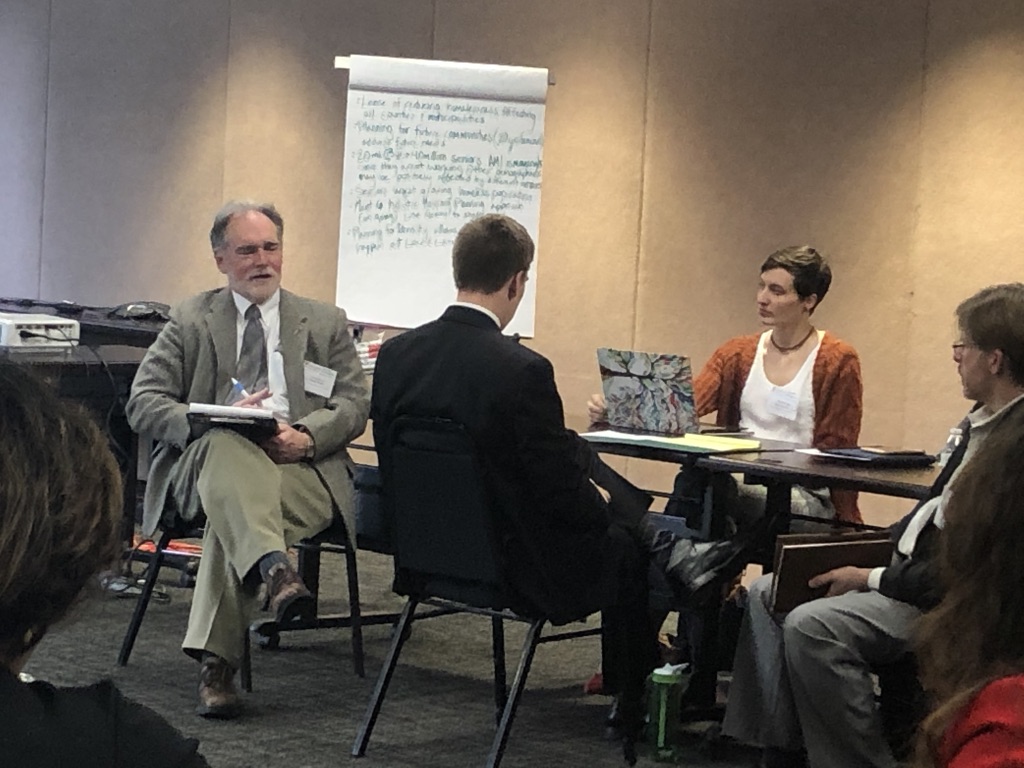
Housing advisory stakeholder breakout group
In early 2020, Planning established a stakeholder group to discuss the importance of planning for housing, provide feedback on our guidance to develop recommendations, compile available resources, and share insights on successful housing strategies. This group met three times and included representatives from affordable housing advocacy organizations, housing developers, community development corporations, housing finance companies, local planners, economic developers, and homeless services organizations. Planning thanks the stakeholder group for their diligent support of our efforts.
Finally, Planning met with and discussed the development of its Housing M&G with Maryland Planning Directors at roundtables in September 2019 and April 2020.
Technical Assistance
Planning and DHCD staff are available to assist any jurisdiction with the information and resources available in this M&G and with the development of their housing element.
Planning’s Regional Planners work directly with the following counties and all municipalities therein. A listing of contact information for regional planners, by region is available at the Local Planning Staff Assignments page.
For additional assistance with housing data and DHCD’s programs, please contact the Housing Economic Research Office, which supports the mission of DHCD by providing housing, demographic and economic data with analysis/reporting to support the governor’s agenda and its partners to finance housing opportunities and revitalize communities for Maryland citizens to live, work and prosper.
